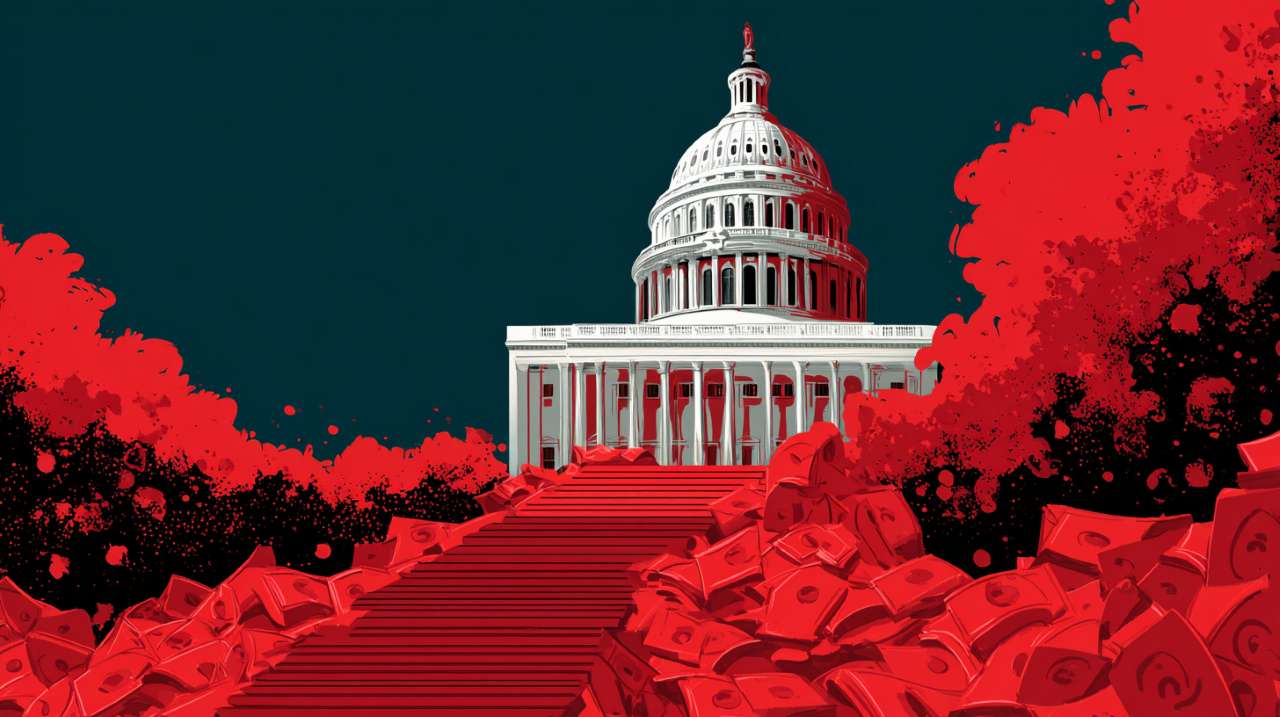
If you’re trying to make sense of what the Senate Republicans’ new tax-and-spending bill means for your wallet, you’re not alone. The “One Big Beautiful Bill Act,” as it’s been branded, is a sprawling, nearly 1,000
-page piece of legislation that just squeaked through the Senate on a 51-50 vote, with Vice President JD Vance breaking the tie.
The bill is now barreling toward a decisive showdown in the House, but its impact on everyday Americans is already coming into focus—and it’s anything but subtle.
Let’s break down what’s actually in this bill, who stands to gain, who could lose out, and what it all means for your money, your family, and the country’s economic future.
The Big Picture: Tax Cuts, Spending Cuts, and a Bigger Deficit
At its core, the Senate GOP bill is about extending and expanding the 2017 Trump tax cuts, which were set to expire at the end of this year. The bill would prevent tax hikes for most Americans, but it does so by slashing federal revenue by an estimated$5 trillion over the next decade. To offset some of that, the bill also makes deep cuts to Medicaid, food assistance (SNAP), and clean energy programs, while boosting spending on the military and border security. The Congressional Budget Office projects the bill will add more than$3 trillion to the deficit over ten years, even after accounting for the spending cuts and projected economic growth.
What’s In It for You? Winners and Losers
High-Income Earners: The Big Winners
If you’re in the top 20% of earners, this bill is a windfall. The Tax Policy Center estimates that more than two-thirds of the total tax cuts will go to households making$217,000 or more, with those earning over$1.1 million getting nearly a quarter of the benefits. The average tax cut in 2026: about$2,800, but the higher your income, the bigger your slice.
Families with Children: Some Relief, Some New Hurdles
The child tax credit gets a permanent boost to$2,200 (indexed for inflation), and parents of kids under 8 will see a new$1,000 “MAGA” savings account for each child. But there’s a catch: new requirements mean an estimated 4.5 million children could lose eligibility if both parents don’t have Social Security numbers.
Overtime and Tip Workers: Temporary Perks
For the next four years, the first$12,500 of overtime pay and up to$25,000 in tips will be tax-deductible, but only if your income is below$150,000 $300,000 for joint filers). This is a nod to Trump’s campaign promise to “end taxes on tips,” but it’s not a permanent fix.
Car Buyers: A Niche Deduction
Buy a new American-made car between 2025 and 2028, and you can deduct up to$10,000 in loan interest—again, with income limits. It’s a targeted benefit, but one that could matter for middle-class families eyeing a new vehicle.
Low-Income Americans: The Biggest Losers
Here’s where the bill’s trade-offs get stark. Americans making less than$50,000 a year could actually see their net income drop, thanks to cuts in Medicaid, SNAP, and student loan programs. The CBO estimates up to 11 million people could lose Medicaid coverage, and SNAP work requirements will tighten for older adults. Student loan relief programs are rolled back, and new caps are imposed on federal loans.
The Fine Print: Other Notable Changes
- The standard deduction is permanently increased, with a new senior deduction for those over 65.
- The cap on state and local tax (SALT) deductions jumps to$40,000 for a few years, then drops back to$10,000.
- The estate tax exemption doubles to$15 million for individuals,$30 million for couples.
- Many green energy tax credits from the Inflation Reduction Act are repealed or scaled back.
- The bill lifts the debt ceiling by$5 trillion, a move that was controversial even among some Republicans.
The Political Chessboard
The bill’s passage in the Senate was a high-wire act, with three Republicans voting no and several others expressing deep reservations. The House, with its razor-thin GOP majority, is already signaling that the Senate’s version may not fly without changes. The next few days will be a test of Speaker Mike Johnson’s ability to wrangle his caucus and deliver a win for Trump before the July 4 deadline.
What Does It All Mean for the Economy?
The Tax Foundation projects the bill would boost long-run GDP by 1.2%, but the increased borrowing would also push the debt-to-GDP ratio up by nearly 10 percentage points by 2034. In plain English: the bill bets that tax cuts will spur enough growth to offset some, but not all, of the lost revenue. The rest gets tacked onto the national debt, with future generations left to sort out the tab.
A Final Thought
This bill is a Rorschach test for American politics. If you believe tax cuts are the engine of prosperity, you’ll see a bold step forward. If you worry about the social safety net and the deficit, you’ll see a risky gamble. Either way, the changes are real, and they’re coming soon to a paycheck, a hospital, or a tax return near you.
